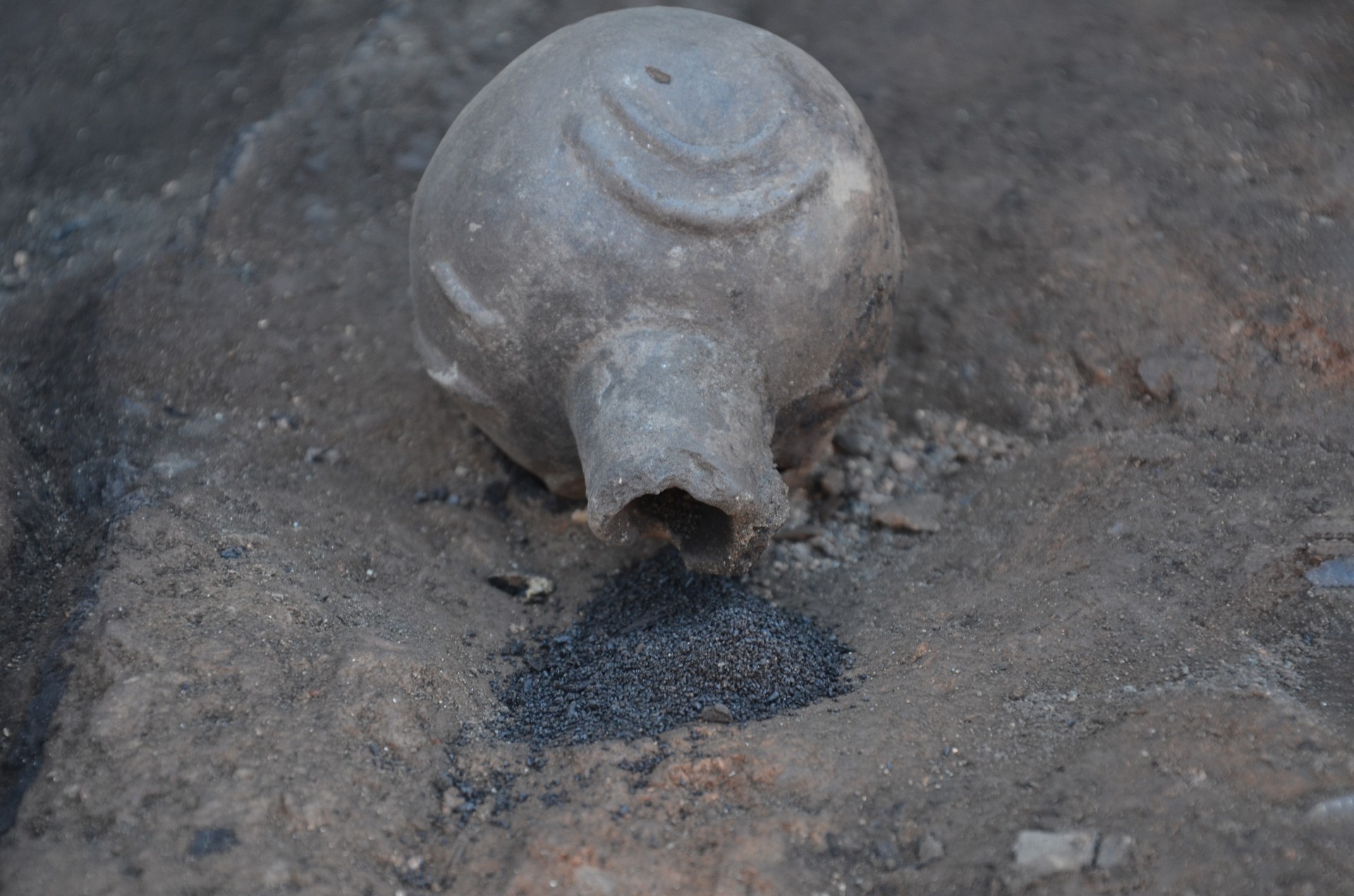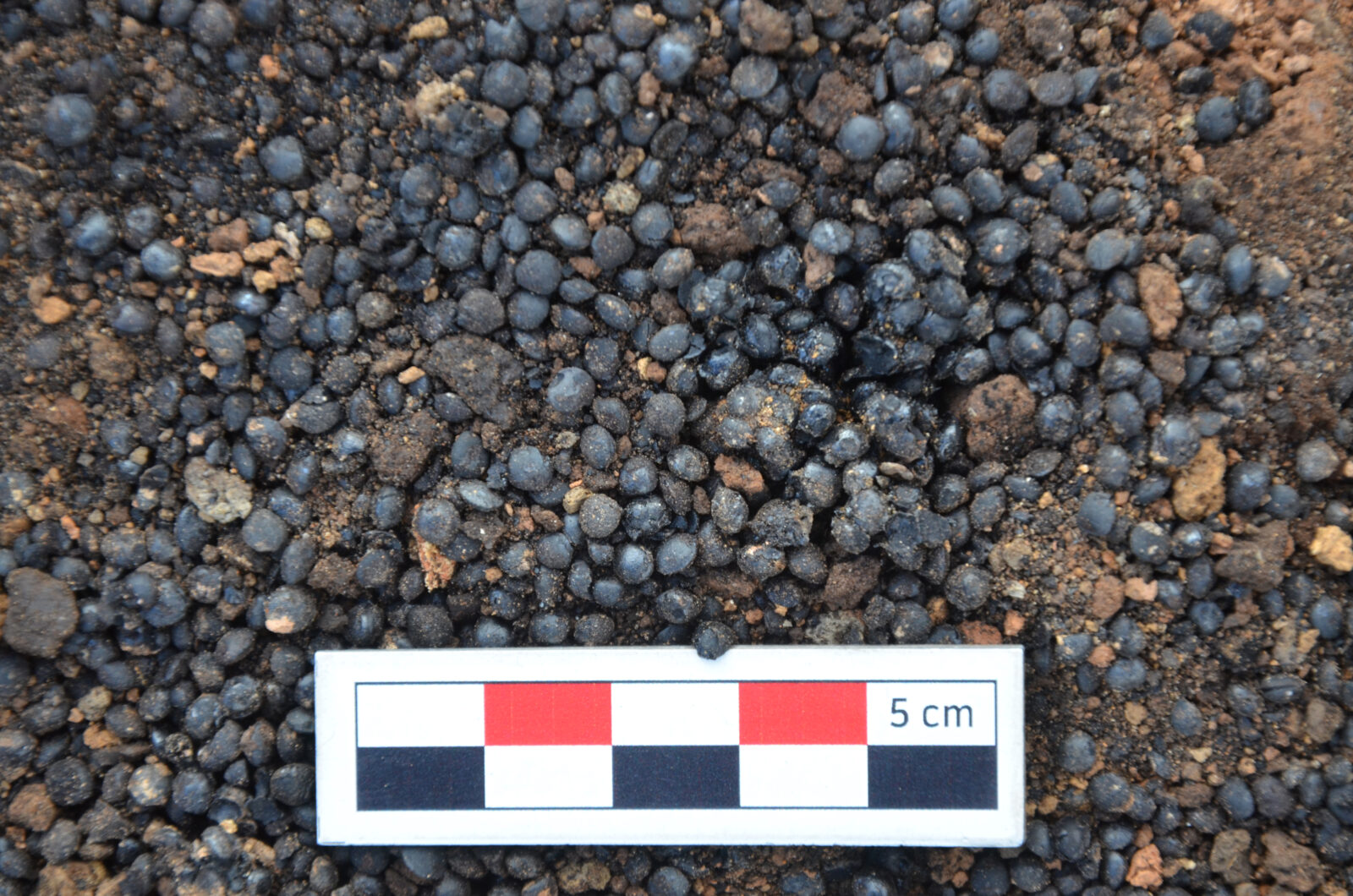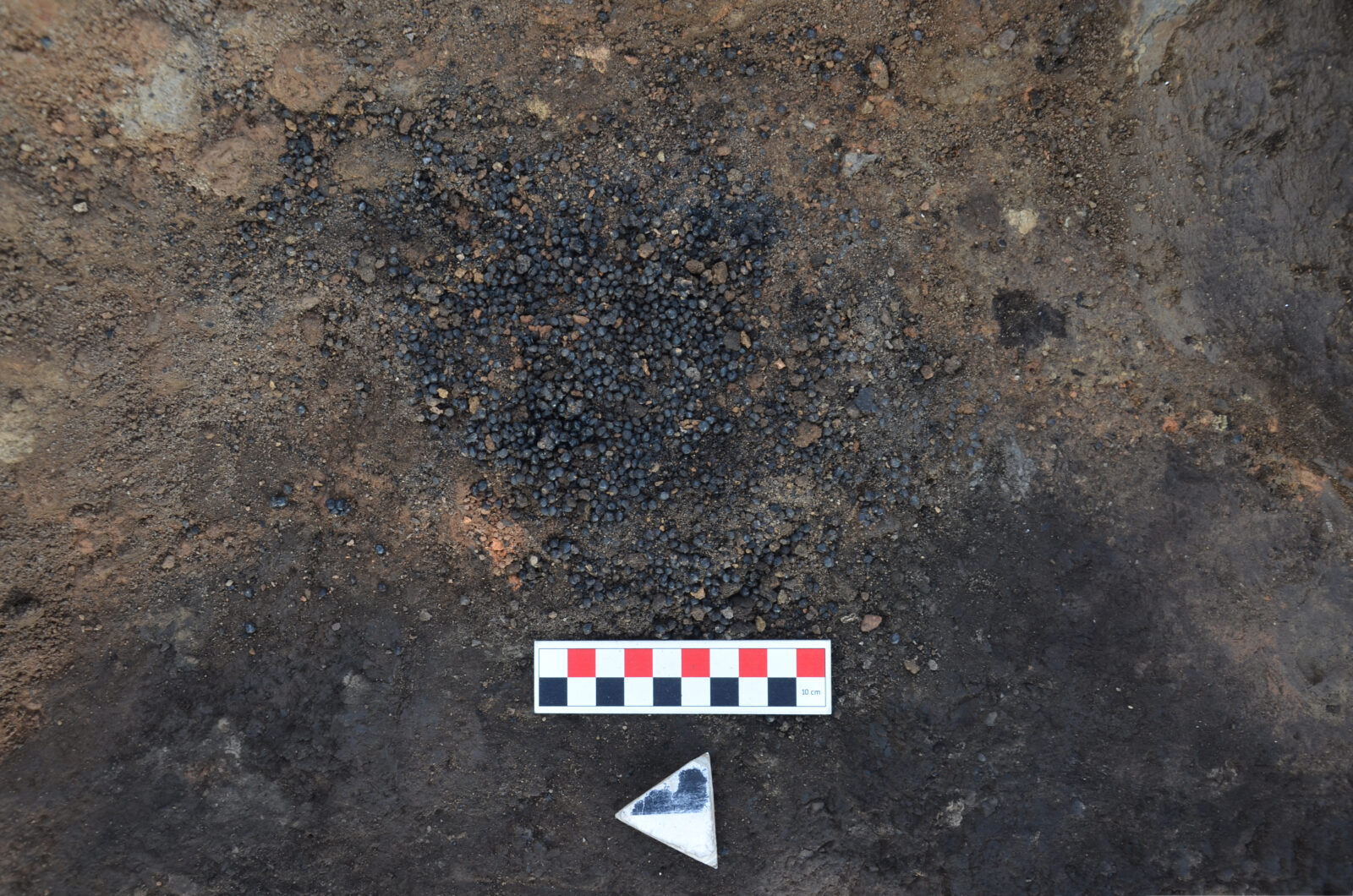
Archaeologists in Türkiye made groundbreaking discoveries at Seyitomer Hoyuk, a site located within a thermal power plant area in Kutahya.
Burned cereal grains—including wheat, lentils, chickpeas, and poppy seeds—have been unearthed, offering a window into the agricultural practices and daily life of the Early and Middle Bronze Age.
Led by Sevgi Gurdal, director of the Kutahya Museum, the excavation is being conducted with the support of Celikler Holding. The work, which began in 1989 to access a 12-million-ton lignite reserve beneath the site, has uncovered a wealth of historical treasures.

From architecture to agriculture, Seyitomer Hoyuk's excavations provide insights into life 5,000 years ago.
Gurdal explained that this year's excavation team comprises 25 specialists, including archaeologists, anthropologists, restorers, and architects, along with 50 workers. The focus has been on the earliest settlement layers of the Early Bronze Age.
"We’ve gathered valuable information about the architecture, daily life and agricultural practices of the period," she said.
The team discovered rectangular houses with separate walls in lower layers, contrasting with shared walls in upper layers. Inside the homes, they found hearths, ovens and tools, indicating that these spaces were used both as residences and workshops.

Among the findings, chickpeas and poppy seeds stand out as significant due to their continued cultural and economic relevance in the region.
“Tavsanli district is renowned for its chickpea-based snacks even today,” Dr. Gurdal noted. “The discovery of poppy seeds in small jars and narrow-necked jugs underscores its historical significance. Poppy, used in both food and pharmaceuticals, has held economic value in Kutahya and Afyonkarahisar for millennia.”

The grains were found in storage areas within the structures. Their remarkable preservation is attributed to carbonization during ancient fires, ensuring their survival through the ages.